Skip Bose QC45 and buy THIS? 😲 Creative Zen Hybrid Review
The Creative Zen Hybrid looks a lot like a Bose QC45 knockoff, but if you’re looking for something that costs just a fraction of the price of the Bose headphones, this costs just $60, and they’ve managed to pack in stuff like active noise cancelling, ambient sound mode, it’s even rated for up to 27 hours of battery with noise cancelling, which isn’t bad at all considering the price.
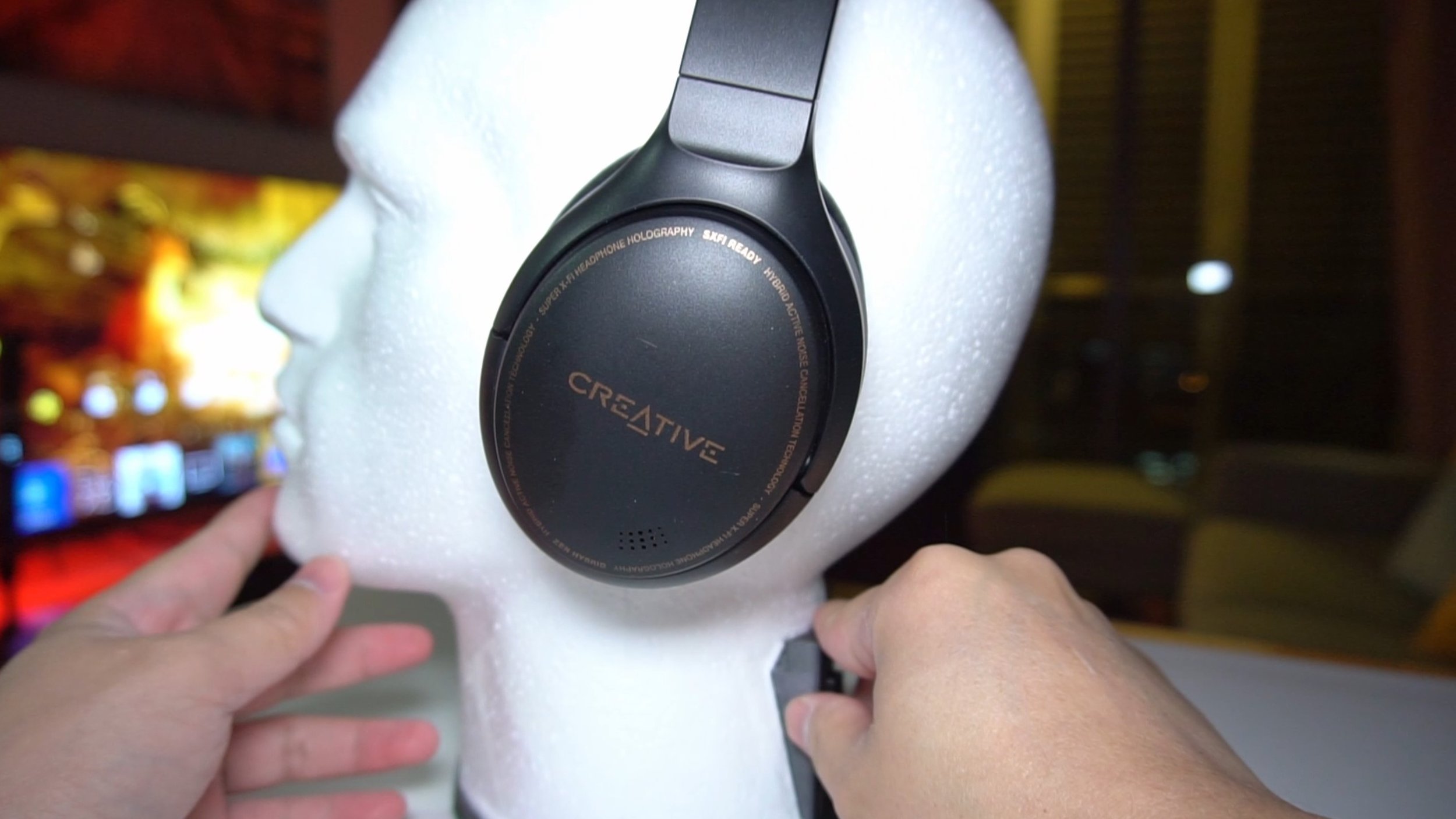
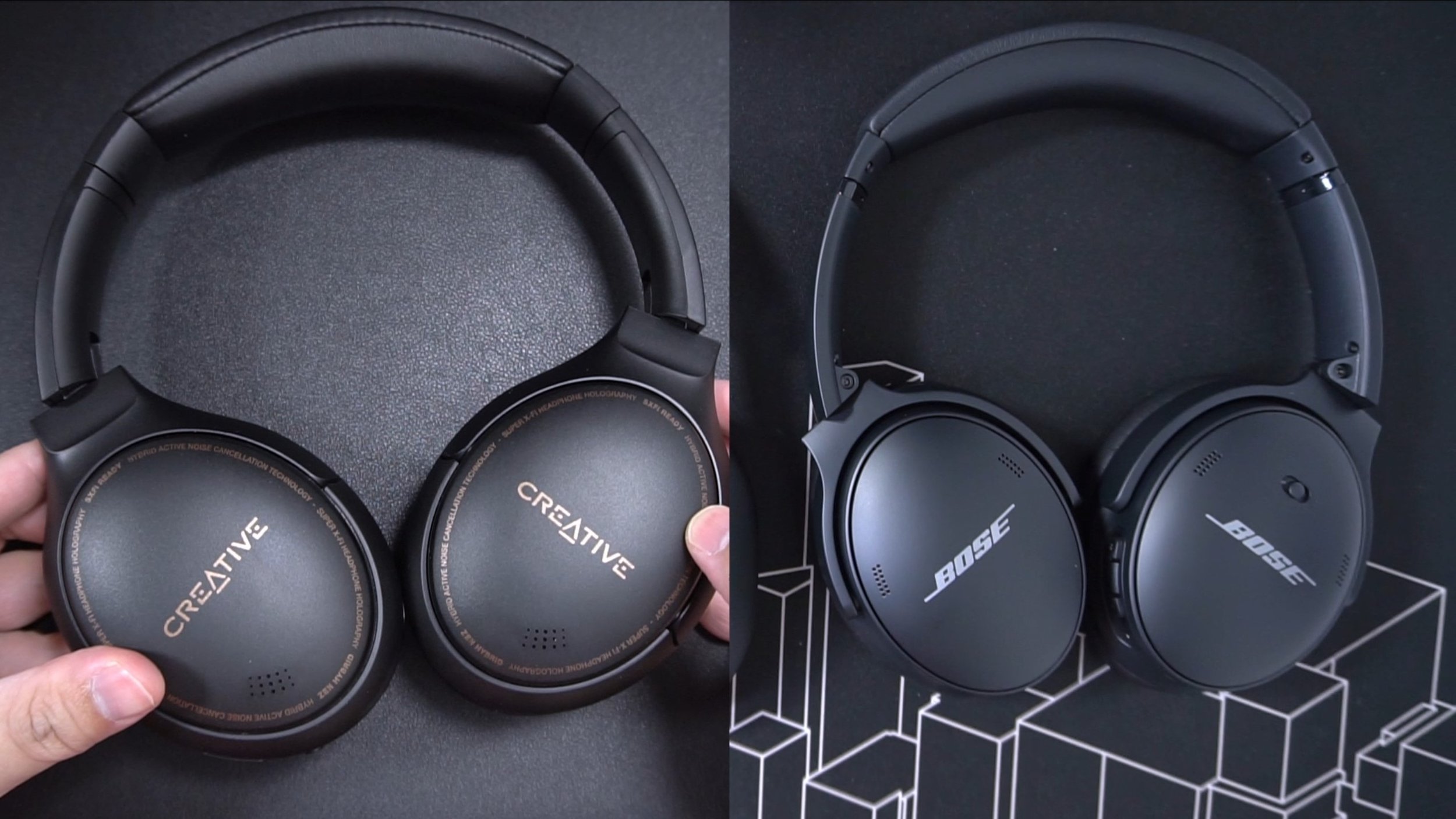
There’s even an app for it, with Creative’s in-house SXFI audio enhancer. But first let’s talk about performance, and then we’ll get into the pros and cons.
Sound Quality
In terms of sound quality, I do like the tonal balance from these headphones. Lots of bass that doesn’t overpower the mids; clear, clean vocals that sound prominent, and it also has a very low noise floor which helps with resolving detail and track separation. I think it rolls off the treble too early, though.
This frequency sweep shows a steep roll off at 9 khz, and then again at around 17 khz. So there’s not a lot of air in the soundstage, making these sound a bit too compact and tight, especially when it comes to music with wind instruments. I mean with these types of music, you’ll really notice the absence of air. But otherwise they sound quite good if you like a tight sound with minimal decay. Click here to listen.
Super X-Fi
There’s also a mode called SXFI which draws data from your ear measurements to make your music sound more spacious. But, it only works if you play your music through the Creative SXFI app. Personally I’ve never been a fan of such spatial audio visualizers. It just makes the audio more diffuse which is not how I personally like my sound. Also there’s a graphic EQ and some presets in the app. They do have an impact on Zen Hybrid’s sound quality.
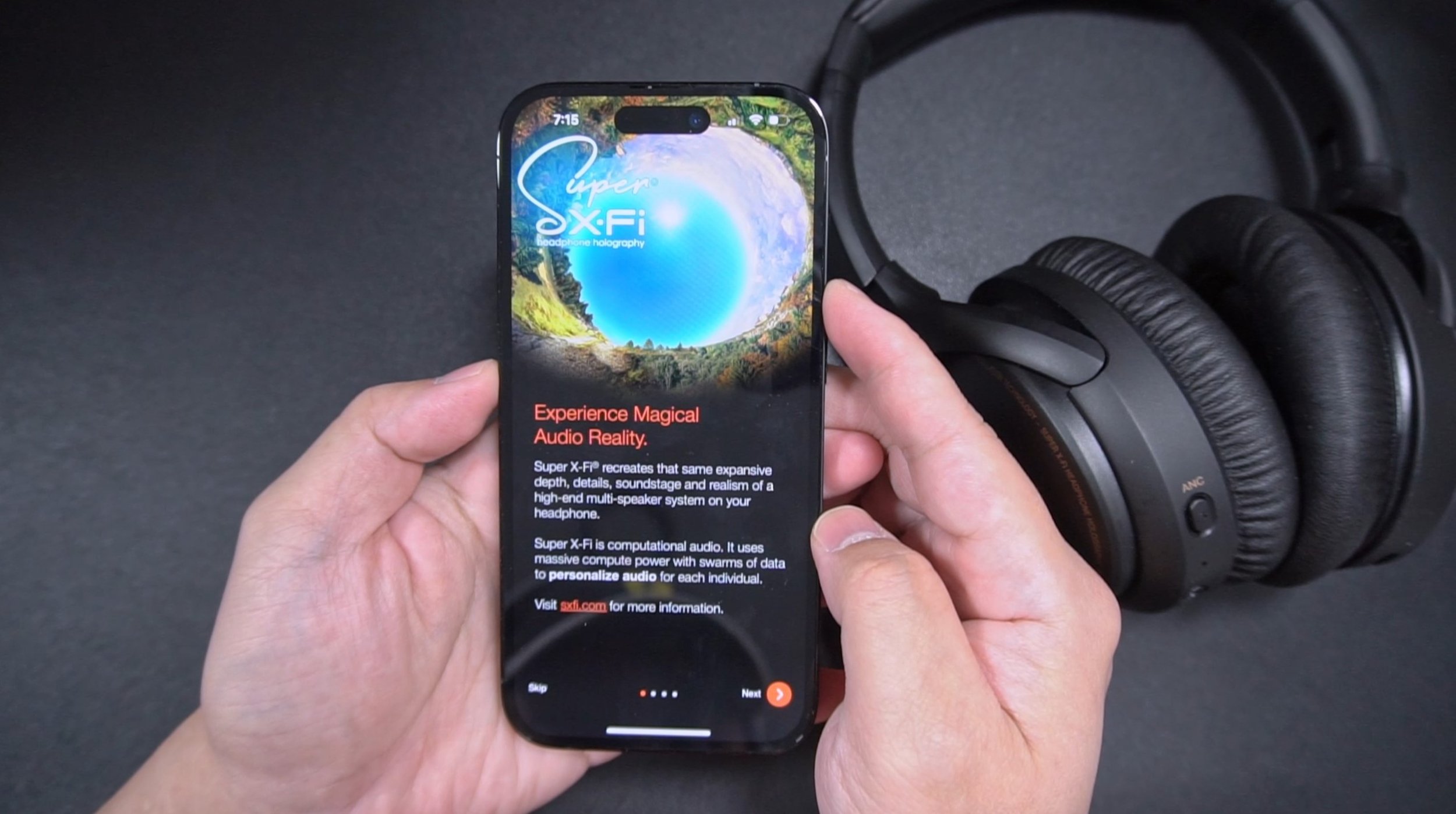
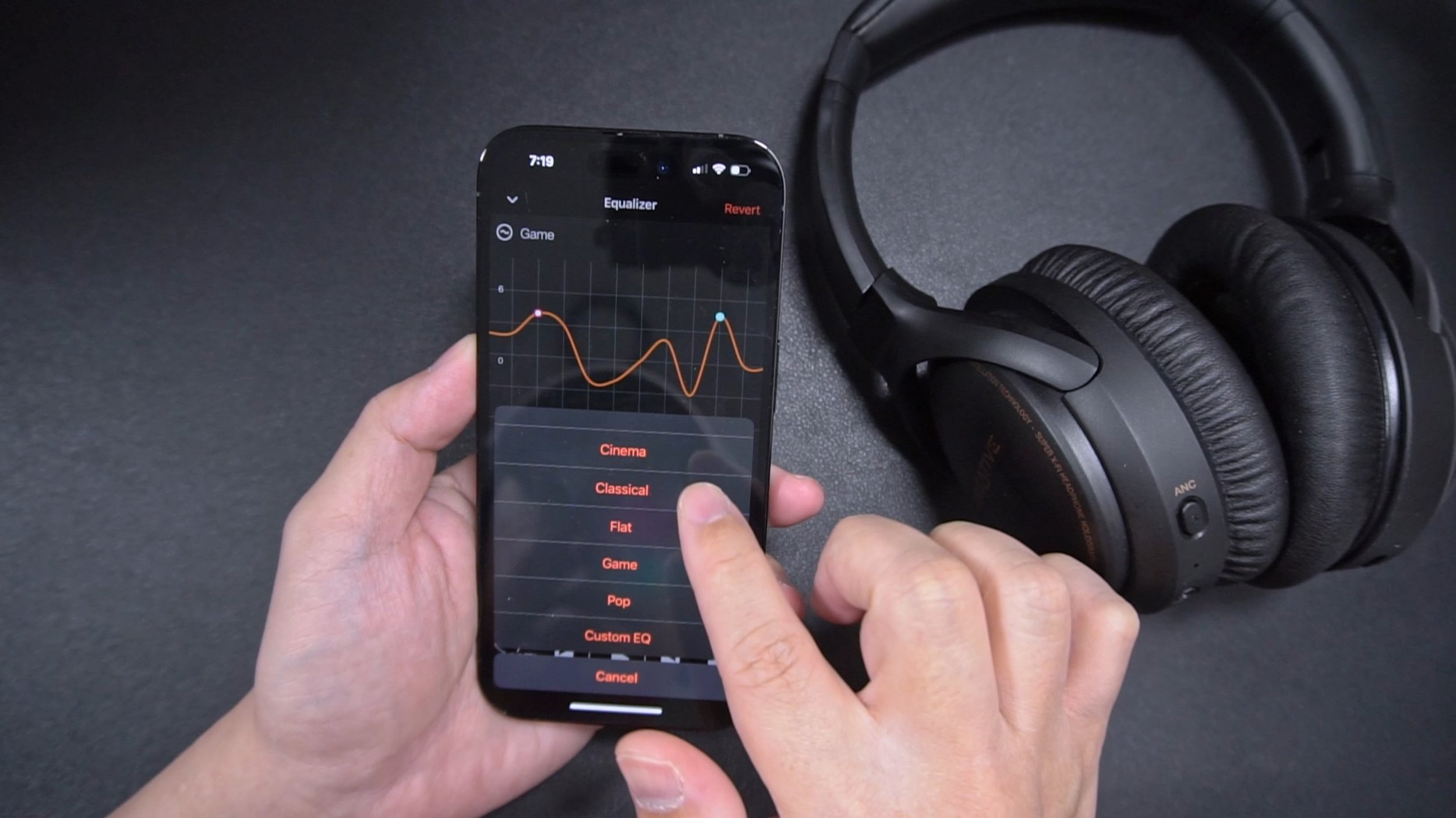
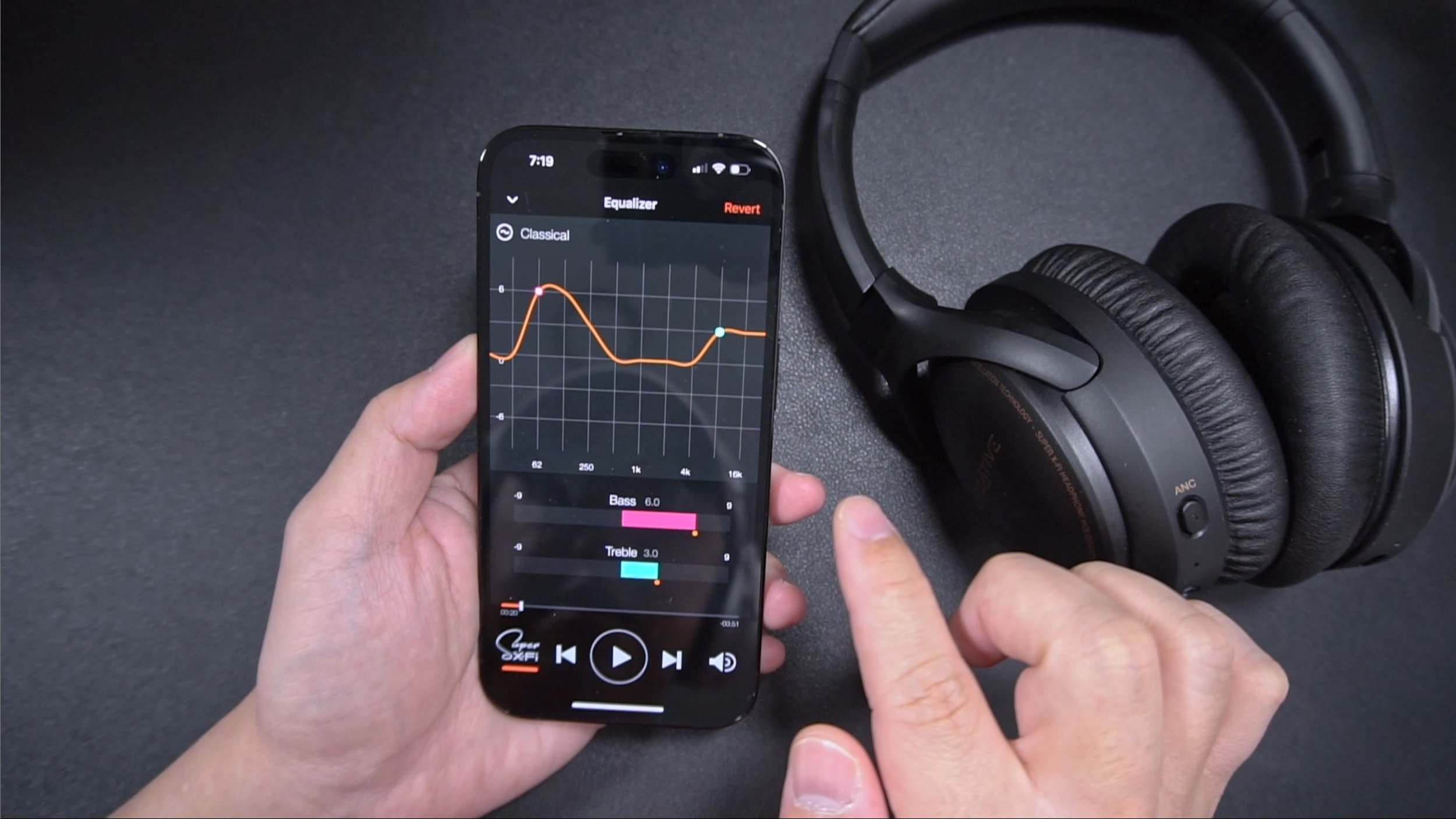
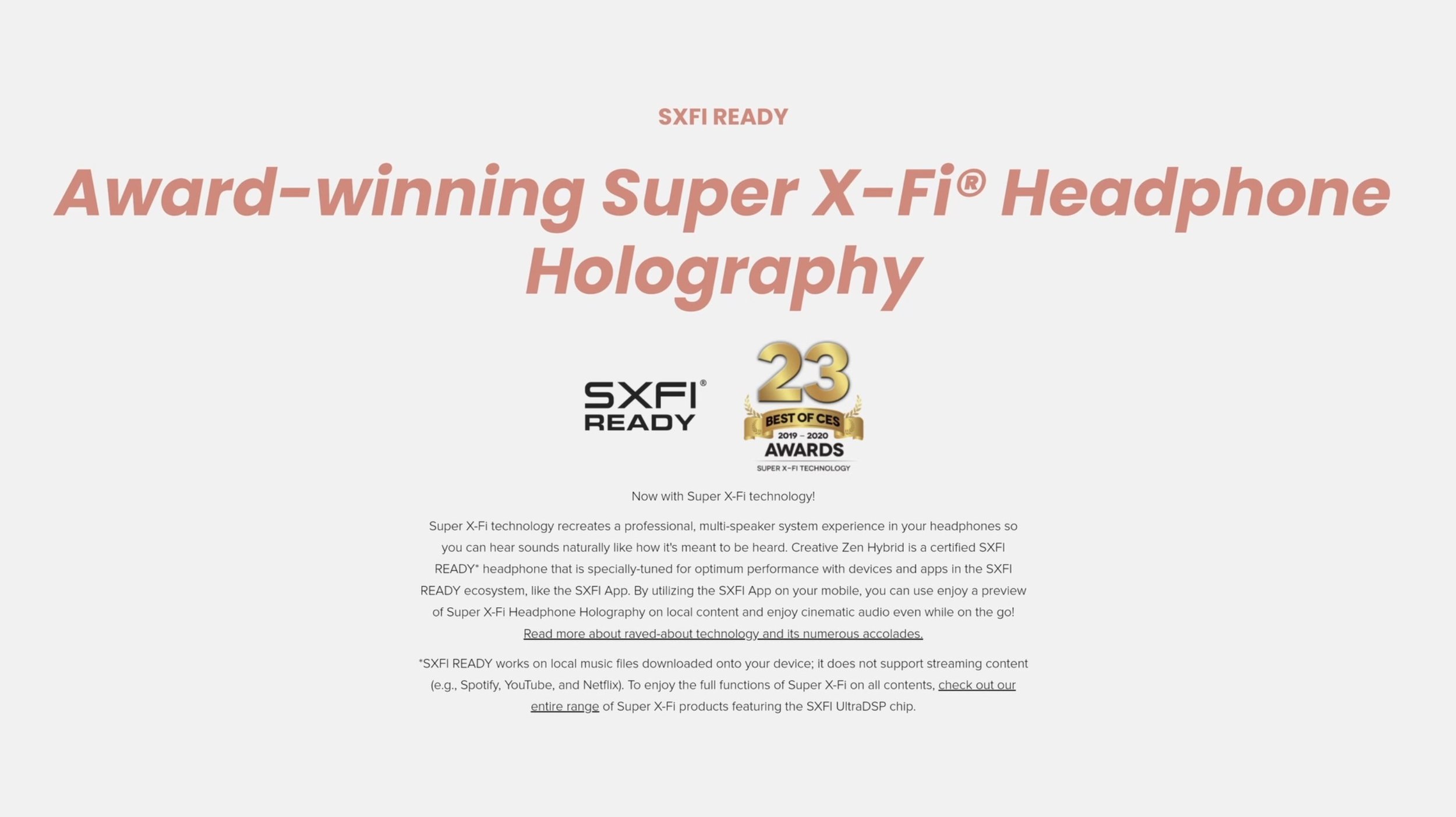
But, these settings, the EQ, the presets, SXFI, only applies within the app. So, say you spent some time EQ-ing these headphones, making them sound a certain way. If you hop on YouTube or Spotify, the settings do not apply. So, unless you’re planning to use this Creative app as your main player, I wouldn’t bother about the app at all.
Call Quality
Test its call quality in a controlled environment using very loud simulated cafe noise, its mic pickup is actually pretty okay. It has a very quiet background, although it’s quite noticeable that the Zen Hybrid’s applying a heavy dose of noise gating even in quiet environments. So you’re going to have to speak out louder to be heard. If you’re whispering or keeping your voice down, the Zen Hybrid’s not going to pick up your voice. Listen to its microphone pickup here.
Active Noise Cancelling
In terms of noise cancelling, they are quite effective at bringing down the noise, especially in the lower frequencies. But of course if you were to compare them to the Bose QC45, those headphones cancel a whole lot more noise. It’s like it’s on a whole different level. But given the price of these headphones, they are pretty effective. They sort of remind me of the old Bose QC2 headphones, from back in the day. This is a sample of its active noise cancelling under the same noisy conditions as before.
Transparency mode
In terms of its ambient sound mode, or Transparency mode, it’s not very clean. There was a lot of hissing, especially in noisy places, and it sounded a bit muffled so it’s not as transparent as competing, although it does do the job if you need to use Transparency mode occassionally.
Conclusion
So, in terms of performance there are some pros and cons, but overall it is decent for what it retails for. And so is its build quality. These are quite sturdy.
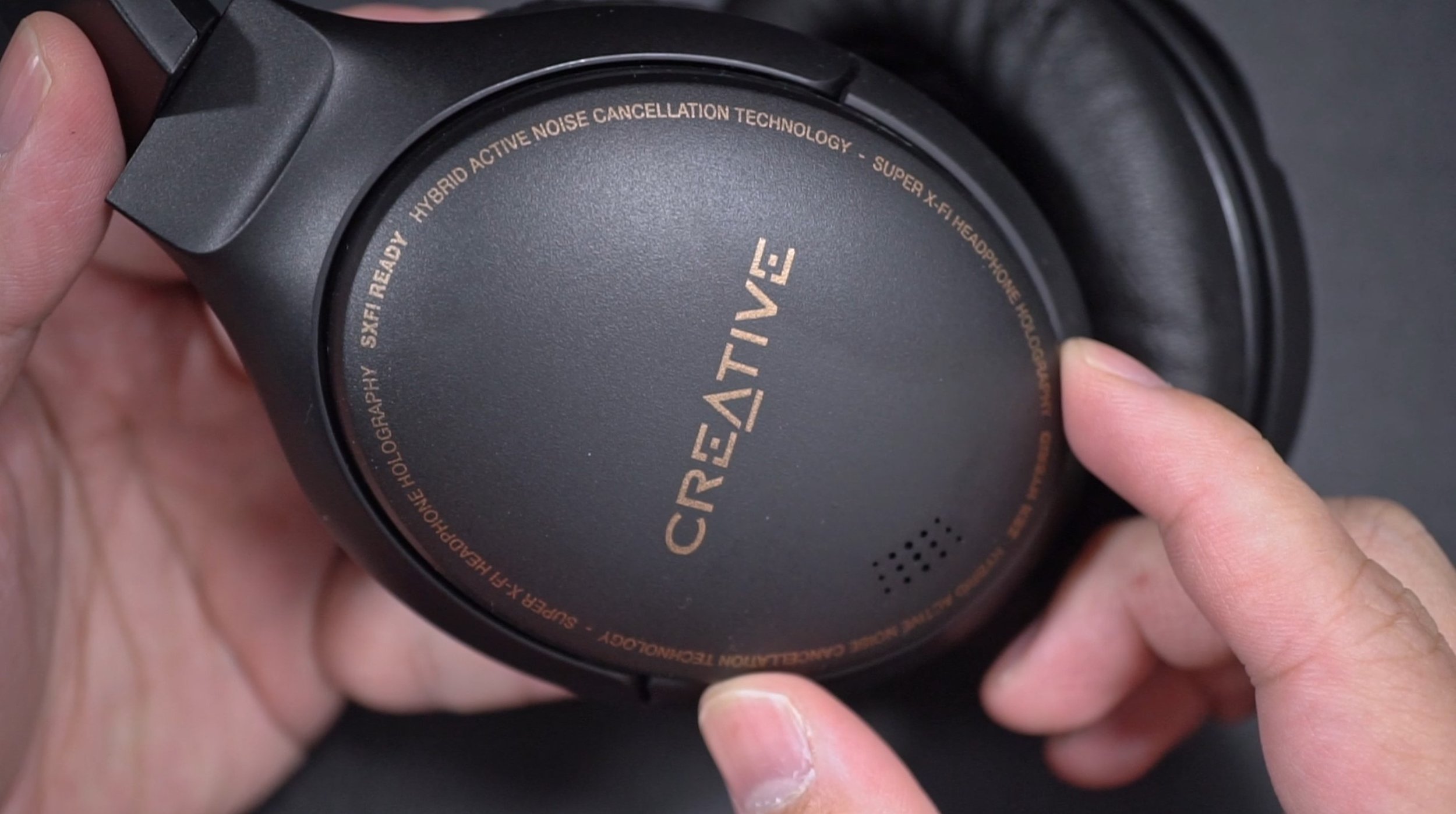
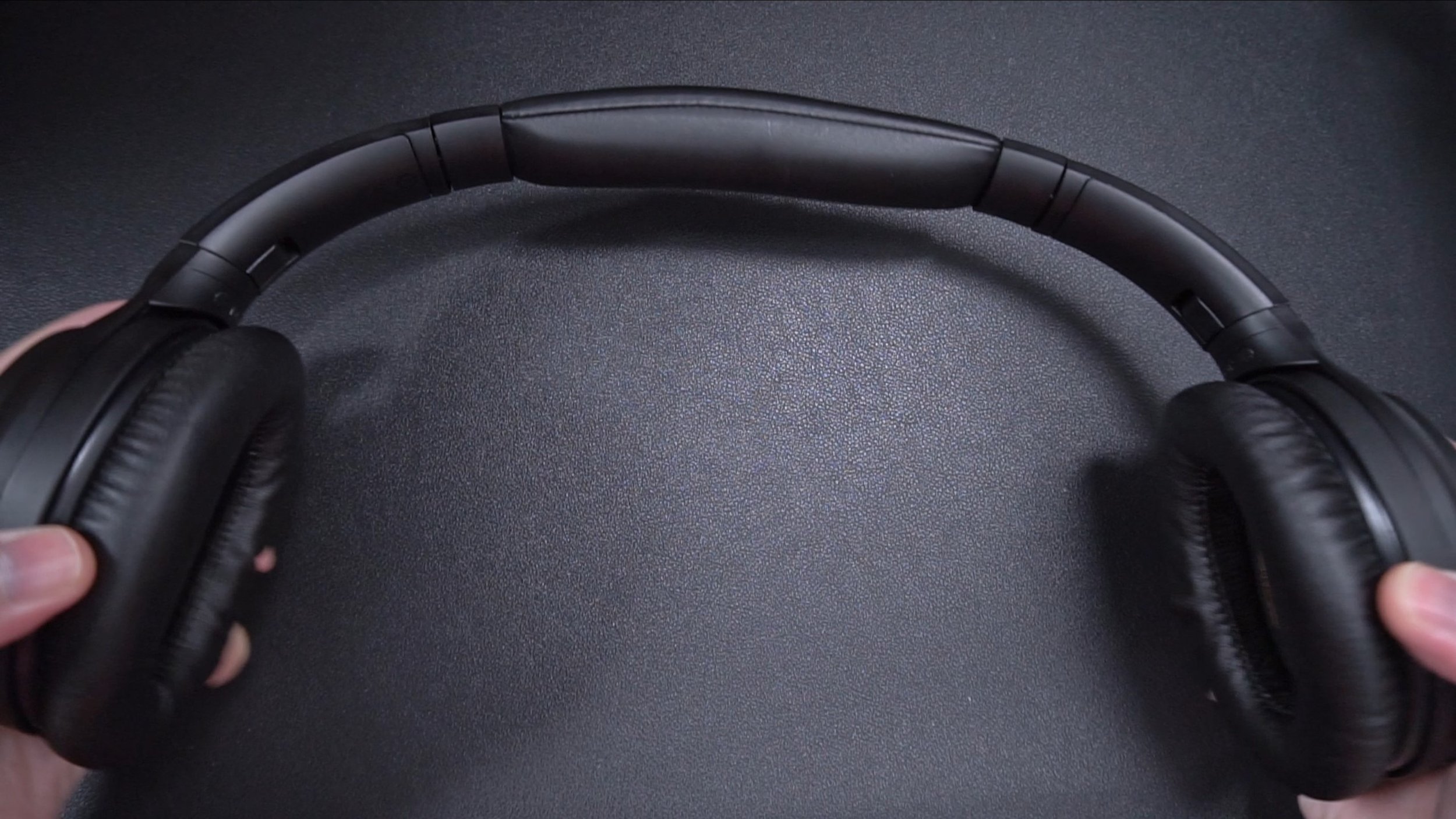
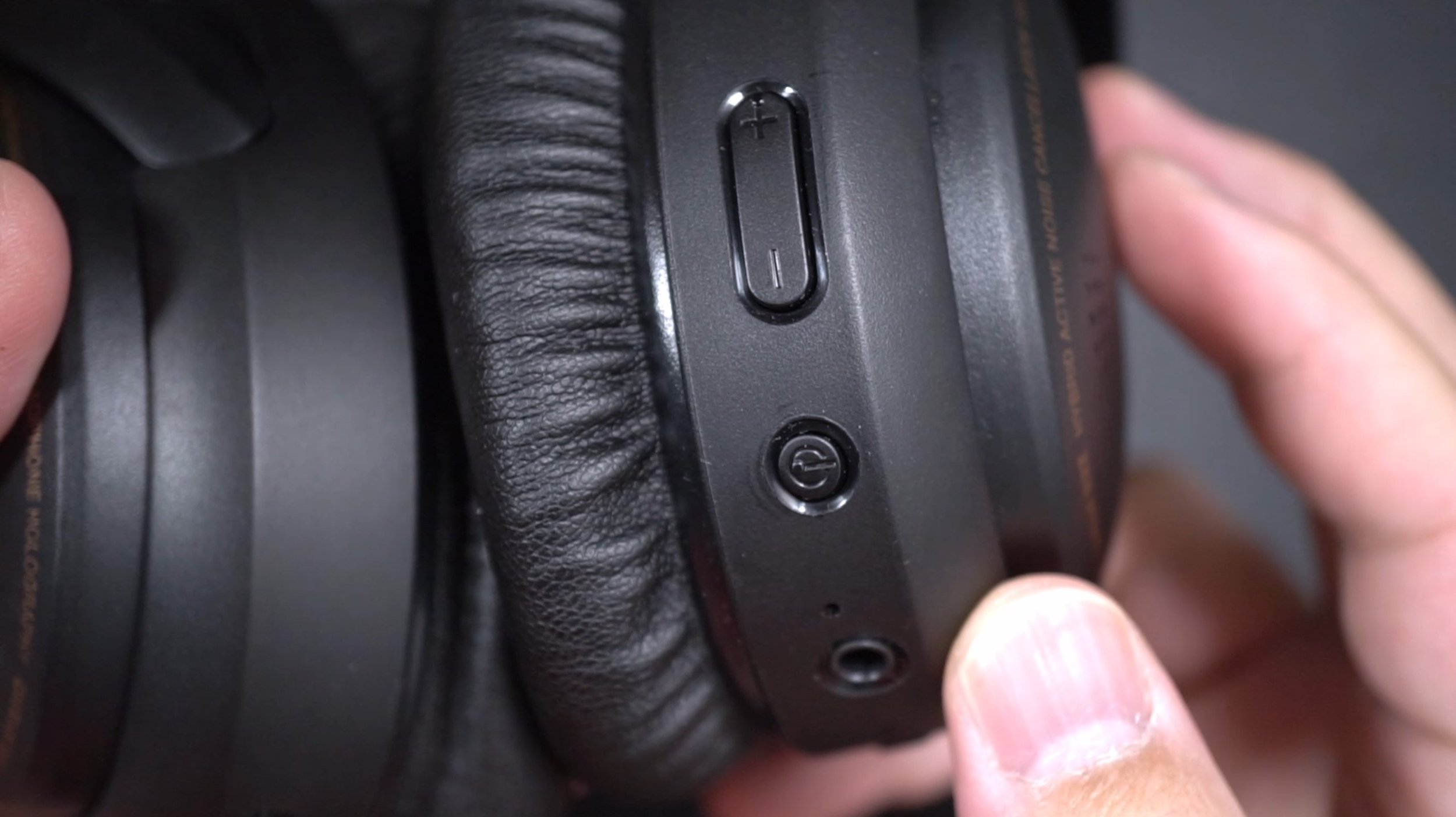
That being said, although it looks like the QC45, its build quality is far from that. They use a different type of plastic here instead of the glass-infused nylon compound used by Bose which makes the QC45 more pliable. The Zen Hybrid uses a more regular type of plastic that can withstand a lot of pressure, but I do have to be a bit more gentle with it than the Bose, cause it feels like the headband might snap if I twist it in a certain way. Its packaging is also really cheap, like there’s not a lot of thought put into it, just a lot of words covering the box, and the product. So if we’re just talking about presentation, it feels very cheap, but still within reason.
In terms of comfort, it does clamp pretty tight, so you really feel it at all times. Another gripe I have about its comfort is that its earcups are very shallow. For some reason they’ve decided to make the scrim inside thicker, which means that my ears are pressing harder against the insides. As for the Creative app, that is probably the most disappointing part about these headphones. And if you aren’t planning on using that app as your primary music player, for me, it’s just useless.
So, I have mixed feelings about the Creative Zen Hybrid. For the price it’s going for, I can definitely recommend this for its decent sound and noise cancelling. But it’s not groundbreaking in any way. In some ways, it even feels pretty low effort. They should really look at what some Chinese brands are doing in the budget domain.
A good example is the Soundcore Space Q45. If you want to know what I think of it, I’ve linked to the review here.
If you’d like to purchase the Creative Zen Hybrid, you may check its latest price in the Amazon link below.
(Affiliate Links Disclosure)
When you make a purchase through the Affiliate Links on this site, the site earns a small commission at no cost to you. Thank you for your support!




